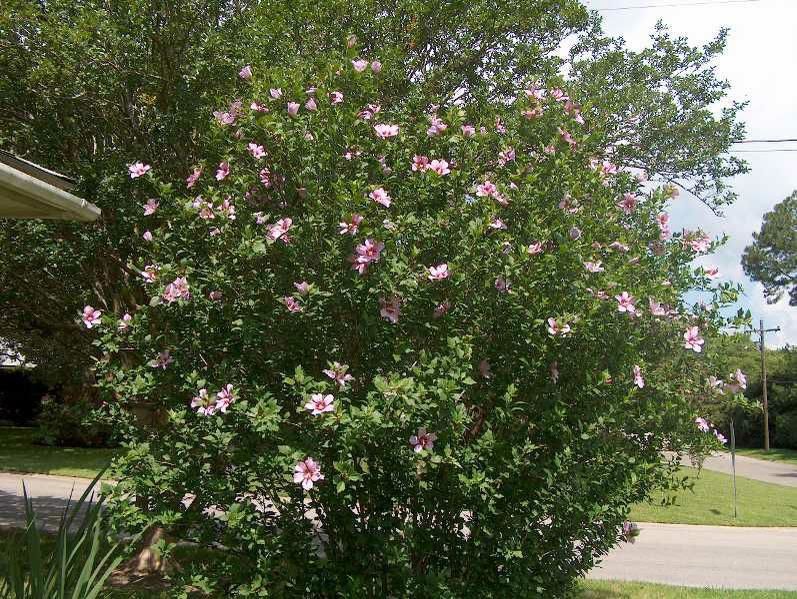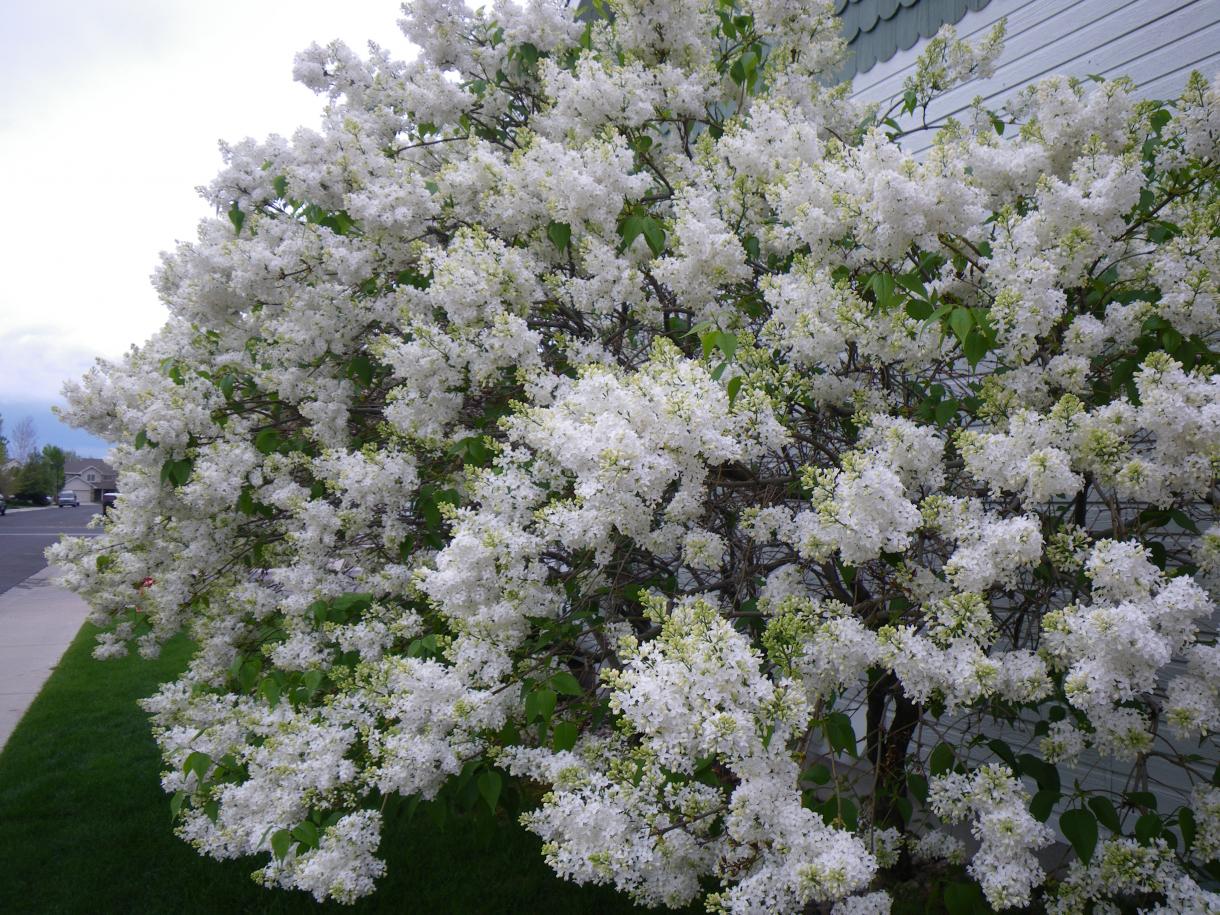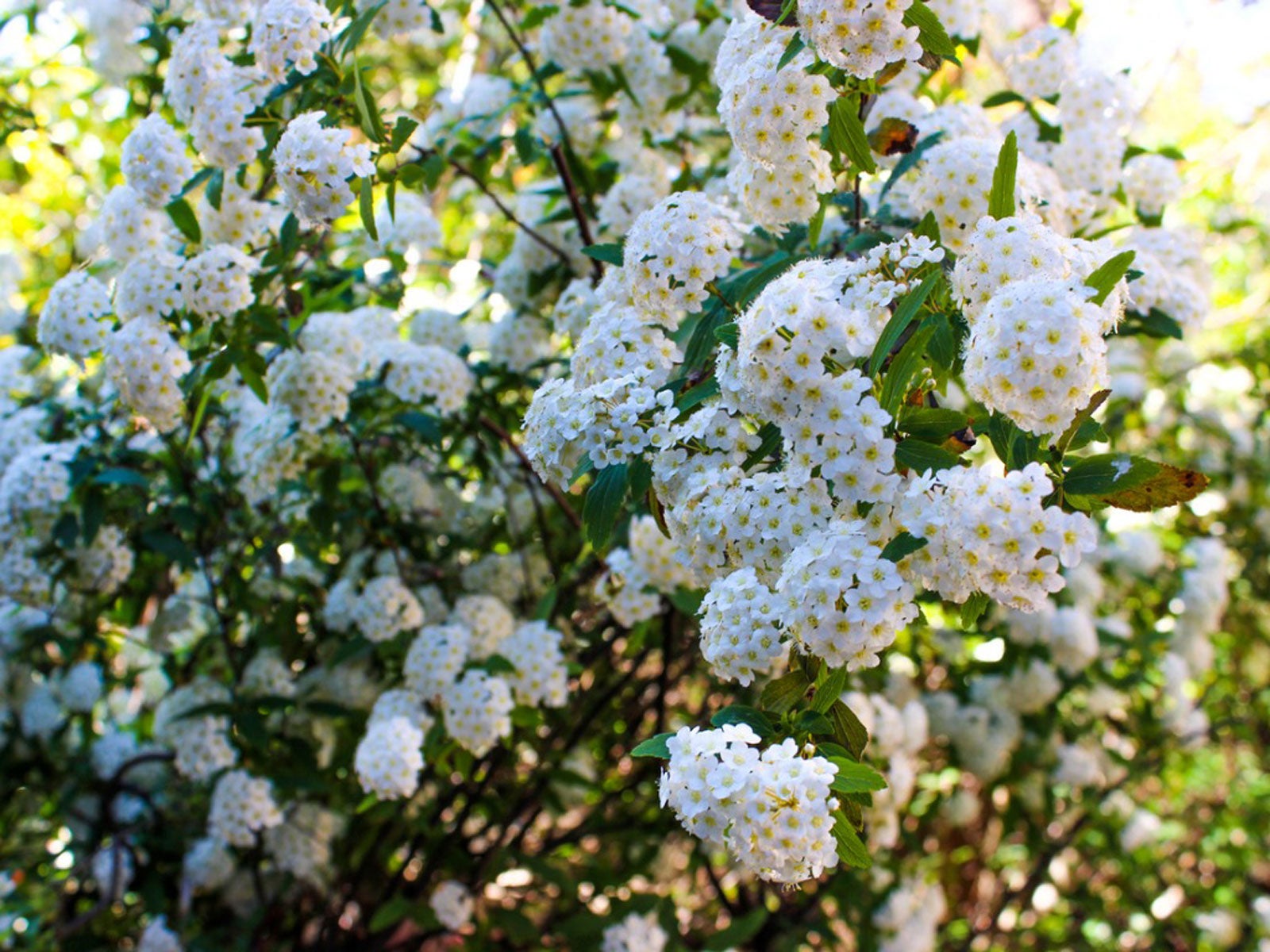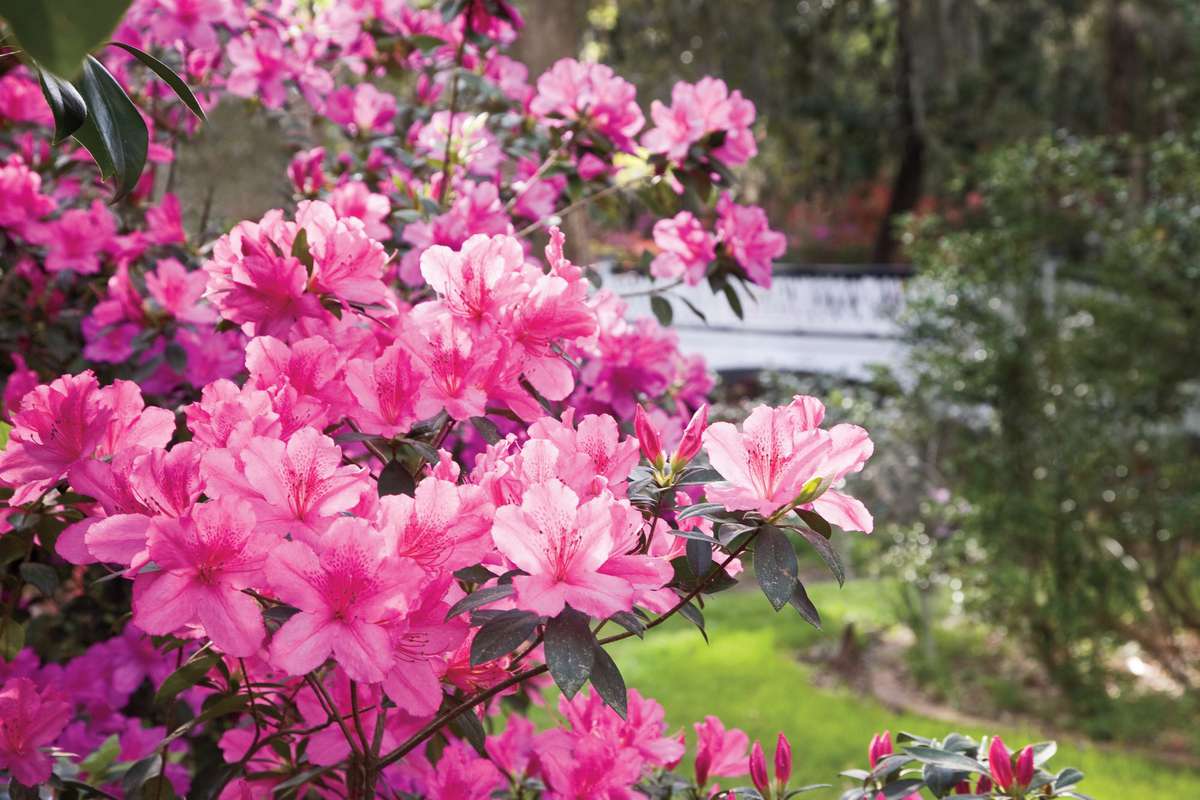July is not too late to plant garden vegetables and herbs despite the wrong perception. Many edibles, including vegetables and herbs, can be planted even up to late in the month. It’s a great time for planting since temperatures are more moderate and rainfall is still abundant.
Here are some of the garden vegetables and herbs you may want to plant in your vegetable garden during July:
1. Green Beans
Green beans are a common fixture in many gardeners’ summertime tables. Because they grow quickly, they can be planted in warm weather, unlike their counterparts pole beans. Many bush beans have a maturity date of only 60 to 70 days, meaning that planting early in July will be ready to go no later than mid-September. If you have a late first frost date, then planting at the end of July will give you a great harvest.

Image credit: https://cdn.apartmenttherapy.info/
2. Beets
Beets are a great vegetable to plant in July. They have a long growing season and can be harvested until the first frost. Beet seeds are small and should be planted 1/2 inch deep and 1 inch apart in rows 18 inches apart. You have lots of time for planting beet plants in early to mid July in zone 4. These root vegetables are cold hardy and taste even better after the cool weather starts in the fall.
3. Summer Squash
Plant summer squash seeds in well-drained fertile soil that has been amended with compost or other organic matter. This is a hot weather loving plant that you can start in your garden in zones 9 and 10. Plant the seedlings 12 inches apart and water regularly. The flowers should pollinate themselves, so you don’t have to worry about bees.
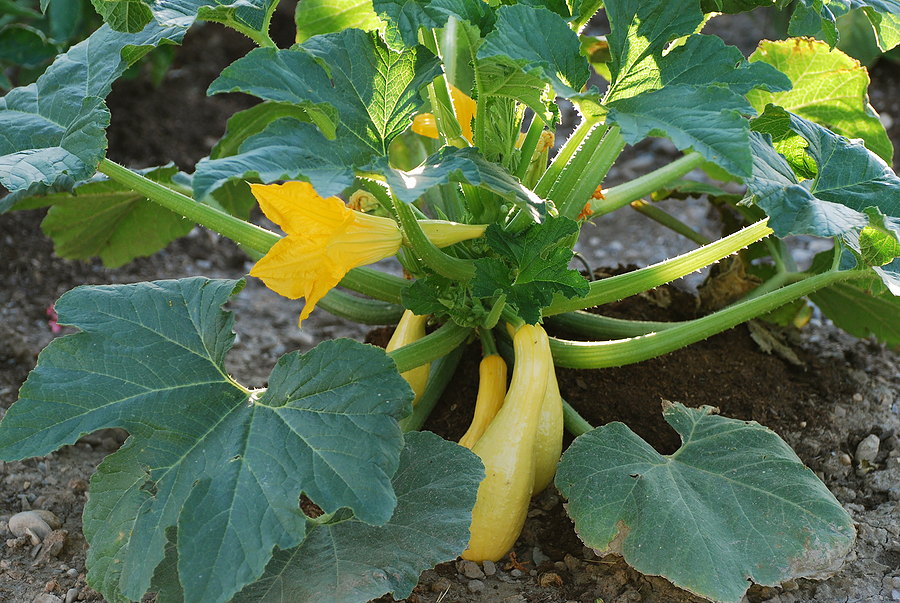
Image credit: https://cdn.harvesttotable.com/
There are different types of squash that are beginner-friendly. You can plant zucchini, pattypan, and crookneck squash in July and still get a good harvest in late summer and fall. Zucchini planted in early July will start producing in early September until frost kills off the plants. You will have a smaller harvest than spring plantings but you’ll have fewer problems with garden pests.
4. Cucumbers
Cucumbers like rich, well-drained soil and do best when the pH level is between 6.0 and 7.0. Space the plants 24 to 36 inches apart in rows 6 feet apart. You can plant cucumber seeds in July, but you’ll get an earlier harvest if you transplant seedlings that have been started indoors or purchase plants from a garden center. A second planting at this time of the year will yield a small early fall crop.
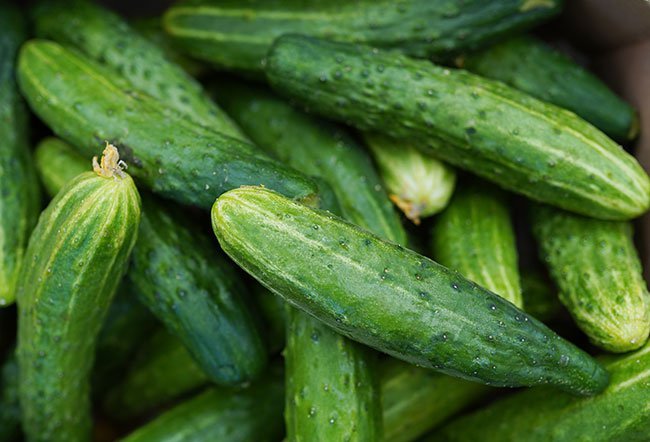
Image credit: https://images.medicinenet.com/
Water the plants regularly, but don’t over-water them, especially when the fruit is developing. Cucumbers are very sensitive to an uneven water supply. Look for varieties that produce early, and make sure you plant them in full sun. You may also provide frost protection in the early fall.
5. Green Onions
Green onions are a cool-weather crop that can be planted in early July. You can plant the seeds in rows or clusters, and they don’t need to be spaced very far apart. The plants will grow best if you keep the soil moist but not wet. They can tolerate light frosts and continue to grow until the temperature drops too low.

Image credit: https://parkseed.com/
While it’s too late to plant bulb onions, you still have a lot of time for growing green onions. These onions are ready to harvest in only 60 days, but you can harvest them sooner. You can also use the cut and come again to cut off the greens and let the plant regrow. This is a bit faster than starting new onions by seed.
6. Kale and Swiss Chard
These two vegetables are similar; they can be used interchangeably in most recipes. Both plants grow well during the summer and provide you with small green leaves to eat through September and October. The plants can surprise you by producing delicious yellow flowers and later red berries.
Plant it by seed or transplant in July, and it will be ready to start harvesting baby greens in just a few weeks. But if you want the sweetest leaves, wait until the fall after a few light frosts have touched it. This makes the leaves taste super sweet.
7. Carrots
It’s never too late to plant carrots in your garden. These vegetables will mature in about 70-80 days and can be stored in the ground over winter to be harvested as needed. They are a great source of beta carotene, vitamin A, and fiber.
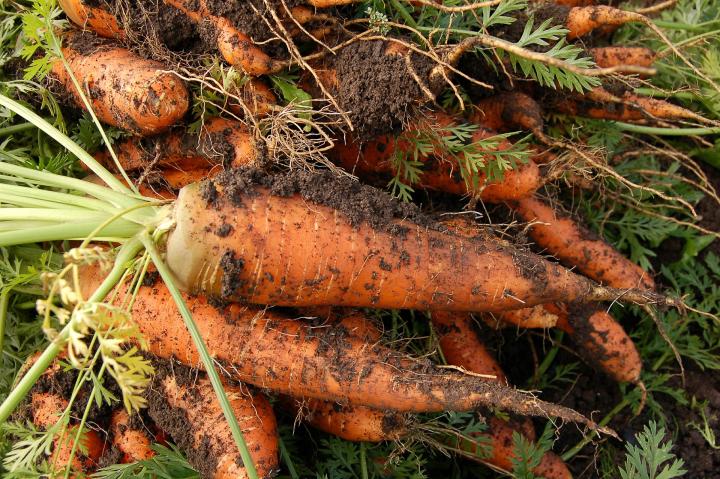
Image credit: https://www.almanac.com/
Plant them by seed or transplant in early July, and they will be ready to start harvesting. Keep the soil good and moist as it can dry out quickly in the summer heat. Choose carrot varieties that mature in 60 days so you can have late summer and early fall harvest. Carrot seed will germinate faster in warm soil but mature in cool fall temperatures, providing you with super sweet carrots to enjoy.
8. Sweet Corn
July is the time to plant sweet corn in your fall garden. These vegetables will mature in about 60 days and can be stored in the ground over winter to be harvested as needed. They are a great source of dietary fiber, thiamin, and vitamin B6. Sweet corn loves heat, so a crop planted in early July will quickly start if you keep it well-watered. Early harvest goes with a 60-day variety, and you’ll have sweet corn starting in early September.
9. Peppermint Swiss Chard
Swiss chard is a veggie garden superstar that thrives in the spring, summer, fall garden, and even longer with a cold frame or tunnel protection. It’s perfect for pots, gardens, and electric pink and white striped stems topped with deep green, ruffly foliage. Plant a fresh crop in mid summer for loads of baby leaves in early autumn to late some plants mature for a late-season harvest.

Image credit: https://www.gardeningknowhow.com/
10. Market Express Baby Turnip
This fast-maturing turnip is bred for high yields of uniform, golf ball size roots. The skin is thin, and the flesh is creamy white and well textured. They are delicious when eaten raw and fresh from the garden or used in salads, slaws, and stir-fries. They thrive in late summer and early fall gardens.
11. Radishes
There are several types of radishes: spring, summer, daikon, black, and China rose. The most common type is the spring radish, a small, round, red root that can be eaten raw or cooked. Summer radishes are larger than spring radishes and have white or pale green skin with a crisp, white flesh.
They are perfect for eating raw or added to salads. Daikon radishes are large, white, and tapered with a mild flavor. They are often used in stir-fries, soups, and pickles. Black radishes are small, round, and black with a peppery flavor.
12. Sweet Potatoes
Sweet potatoes are a yam that can grow up to two feet. They have a dark green exterior and creamy white flesh inside. Sweet potatoes can tolerate light shade, but sunny areas produce the best yields. You can also grow sweet potato plants in pots if you want better yields during this season.
13. Imperial Green Spinach
Imperial Green spinach is one of the best leafy greens that grow best in the heat of summer. It has thick, dark green leaves for salad greens or cooking. It’s an excellent choice for late summer sowing as the plants are both heat tolerant and bolt resistant. They are also resistant to common spinach diseases like downy mildew. The deep green, arrowed shaped leaves are held upright on sturdy stems, making picking a snap.
14. Bulldog Collard Greens
Bulldog collard greens are a very flavorful variety of collard greens. The plants grow 2 to 3 feet tall and have many large, strong leaves. They are resistant to heat, shade, insects, and disease, making them extremely easy to grow.
They can tolerate almost any condition; they even tolerate some flooding. Direct seed in the garden or give plants a head start indoors under grow lights, moving them to the garden about 50 days before the first fall frost.
15. Lettuce
In late July, lettuce is a cool-weather crop that can be directly seeded in the garden. Sow lettuce seeds thinly in rows and then thin to 8-12 inches apart. Lettuce varieties include romaine, butterhead, iceberg, and looseleaf.
16. Peas
Peas are a great choice to start in July for a fall harvest in zone 3. Opt for snow peas because they can be harvested any size and sooner than shell peas. Peas planted in the summer will yield half of what you normally get from spring-planted pea if you have shortfalls. So keep that in mind when planting and double the amount for larger yields.
FAQs about Vegetables and Herbs to Plant in July
Is July too late to plant vegetables and herbs?
No, July is a great time to plant vegetables and herbs. Many cool-weather crops can be planted in July, including lettuce, broccoli, and cabbage.
How late can you grow cucumbers?
You can grow cucumbers from late spring to late fall, depending on your climate. They need plenty of room in the garden, so if you’re lacking space, plant them on raised beds, trellis or try compact bush varieties.
Final Thought about Vegetables and Herbs to Plant in July
As you can see, there are many vegetables and herbs that you can still plant in July. You’ll enjoy fresh vegetables during the fall months with time to harvest.
The post 16 Vegetables and Herbs to Plant in July appeared first on Kitchen Infinity.
Did you miss our previous article…
https://www.centrecountyfood.org/?p=726



